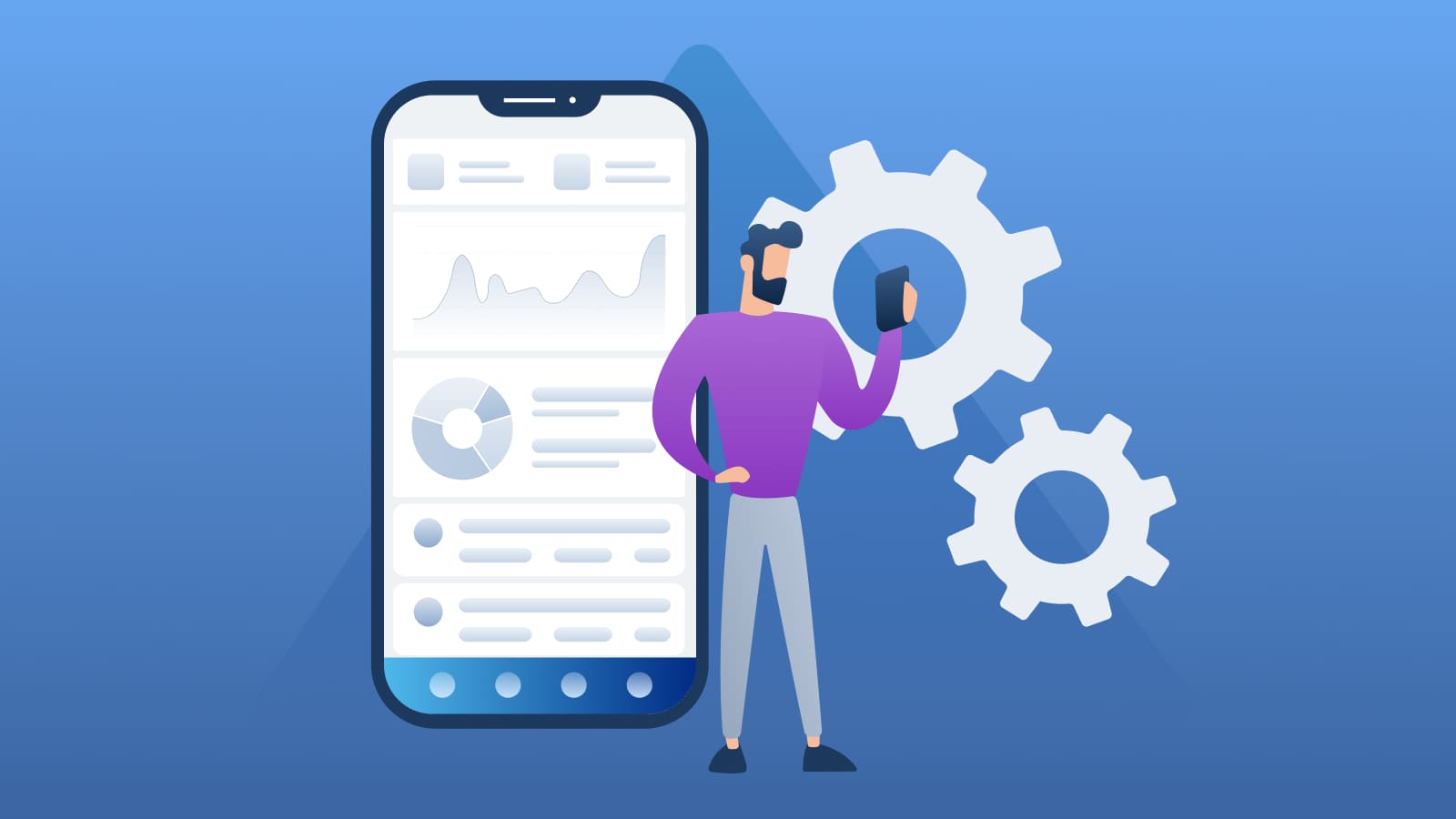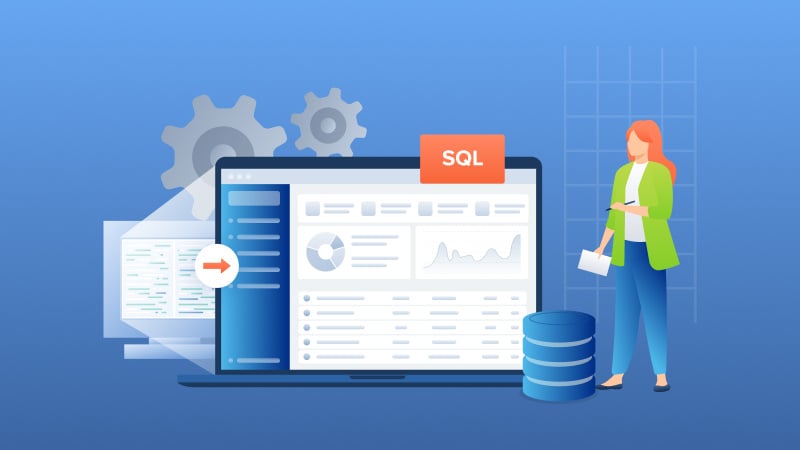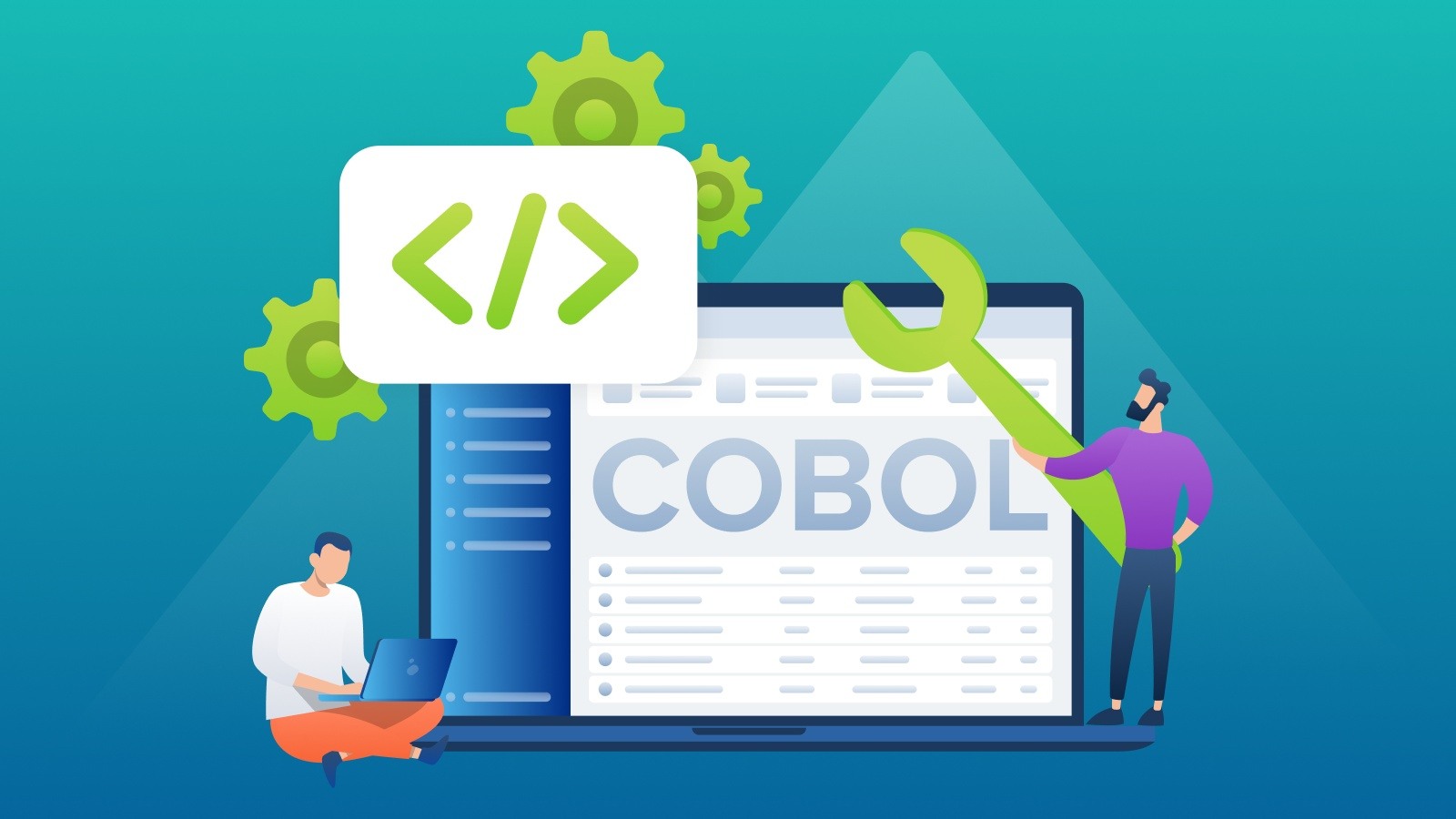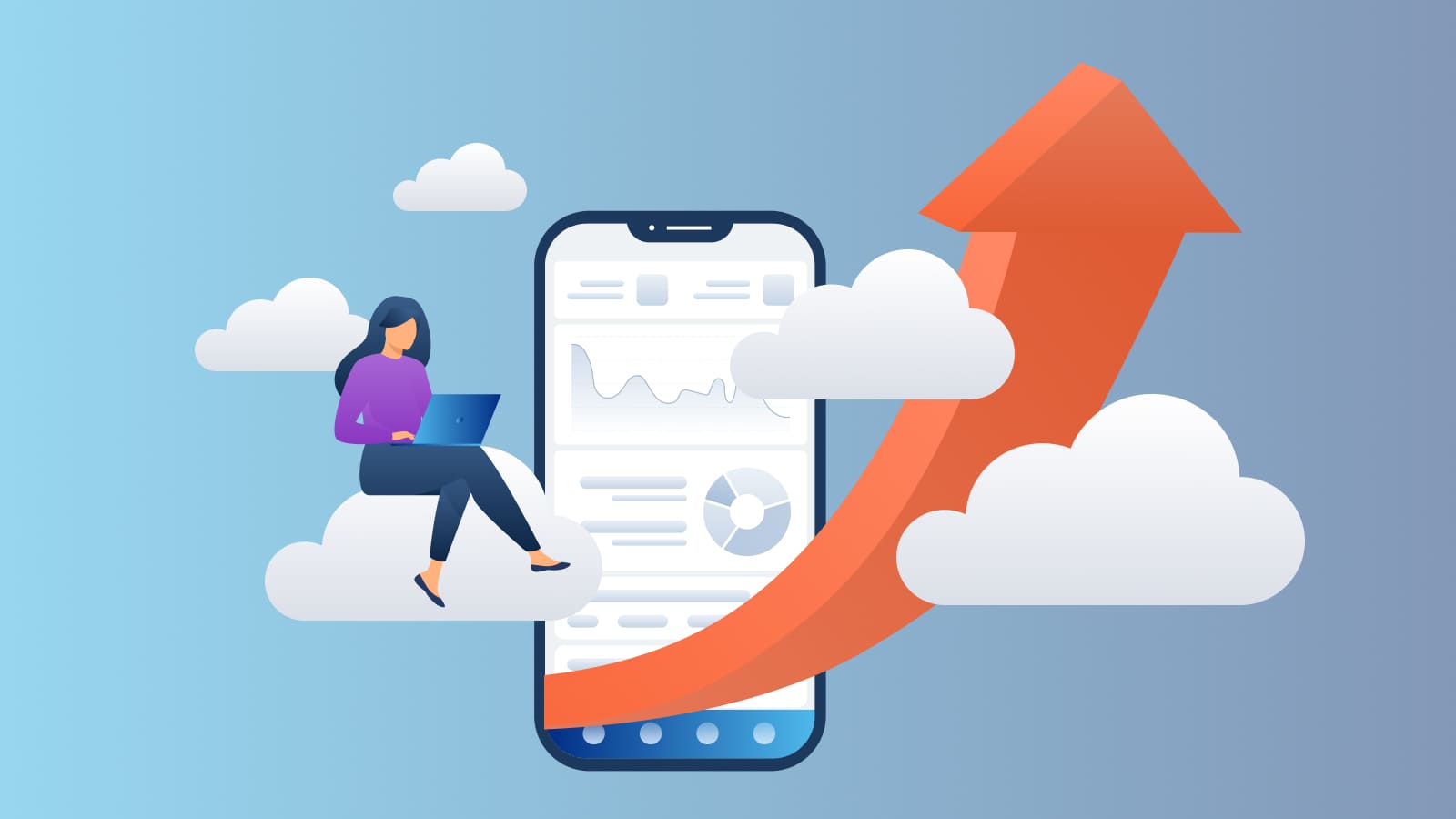Why Migrate from Btrieve to PostgreSQL and other Relational Databases?
Introduction Many independent software vendors (ISV) and corporate users still rely on applications that use a category of database collective called...
6 min read
 Mertech
:
Jul 6, 2024 12:00:00 PM
Mertech
:
Jul 6, 2024 12:00:00 PM

In a world where technology often outpaces business strategy, enterprise application modernization emerges as a critical bridge. This strategic overhaul shifts aging legacy systems to cutting-edge, agile frameworks.
But why is this transformation so critical?
Unlike mere software updates, this process addresses both technical and strategic aspects of enterprise applications. This ensures your apps not only function effectively but also keep up with a world where technology continually reshapes how we do business.
In this article, we'll explore all about enterprise app modernization, including its key aspects, best practices, trends, benefits, and challenges.
Let's get started!
In the high-stakes arena of enterprise business, why does application modernization take center stage?
The answer lies in its transformative power.
It's not just about keeping pace – it's about setting the pace in a rapidly advancing technological world.
Here are some compelling statistics underlining its importance:
A meticulously crafted strategy ensures that modernization efforts align seamlessly with business objectives and technological trends. This strategic alignment is crucial for optimizing resources, minimizing disruptions, and maximizing returns.
Here are the key elements of an effective modernization strategy:
Enterprise application modernization is a multifaceted endeavor, especially when it comes to handling the intricate and large-scale nature of enterprise operations.
At the heart of this transformation are three core aspects:
Enterprise applications often involve immense data sets.
Consider the intricacies of ERP (Enterprise Resource Planning) systems, which act as centralized hubs for data and operations. Modernizing these systems requires not just technological upgrades but also a keen understanding of how various business units interact and depend on this unified data pool. During modernization, you must ensure that this data is not only preserved but also optimized for better access and analysis.
These applications are typically integrated with numerous other systems.
Enterprise website app modernization requires a strategic approach to maintain these integrations or migrate them without disrupting business processes.
For example, large-scale cloud migrations offer enhanced scalability and flexibility, but transitioning vast enterprise systems to the cloud demands meticulous planning and execution. It's about moving not just data but also adapting the entire ecosystem of applications, processes, and security measures to a new, often more dynamic environment.
Modernization tailors these processes for optimal efficiency and agility, crucial for high-stakes decision-making.
Additionally, the modernization process must incorporate advanced security protocols and tools to safeguard all vital business processes against evolving cyber threats. It also facilitates real-time data analysis and automation, enhancing decision accuracy and responsiveness in critical situations.
Enterprise application modernization is heading into a future where innovation is not just a choice but a necessity. Here’s a glimpse into the main emerging trends:
AI is revolutionizing enterprise applications by introducing smarter, more adaptive solutions.
From AI-driven predictive analytics to intelligent automation, businesses are harnessing AI to gain actionable insights, enhance operational efficiency, and personalize customer experiences.
When it comes to your organization, think: how will AI-driven automation and decision-making redefine your enterprise applications?
Big Data analytics is another game-changer.
Modernized enterprise applications can now process vast volumes of data, providing unparalleled insights into customer behavior, market trends, and operational inefficiencies. This empowers businesses to make informed decisions, optimize processes, and identify new market opportunities.
For example, retail giants like Walmart already use big data analytics in their enterprise applications for inventory management, predicting shopping trends, and customizing customer experiences.
IoT's expansion is inevitable.
With its network of connected devices, IoT is transforming enterprise applications into dynamic ecosystems. Its integration enables real-time monitoring, enhances asset management, and fosters innovative service models, particularly in industries like manufacturing, logistics, and healthcare.
In manufacturing, for example, IoT integration in enterprise applications can lead to smarter supply chain management, which contributes to more efficient planning and operations.
This approach prioritizes cloud solutions over traditional on-premise infrastructure, offering unparalleled scalability, flexibility, and cost-effectiveness. One great example is how microservices are reshaping application modernization and taking it to a whole new level.
A cloud-first strategy comes with a set of benefits, including enhanced data accessibility, robust disaster recovery capabilities, and the agility to rapidly deploy and update applications.
Additionally, embracing a cloud-first mindset allows enterprises to scale their operations effortlessly and future-proof their applications and infrastructure.
In a world where mobile usage is escalating, adopting a mobile-first design strategy is essential for enterprises to stay relevant and responsive to their users' needs.
This approach involves creating applications that are optimized for mobile interfaces from the outset rather than as an afterthought. Mobile-first design enhances customer engagement, improves employee productivity with on-the-go access, and opens new avenues for business innovation.
Modernizing enterprise applications is a strategic move that unlocks numerous benefits.
Here's a closer look at the advantages:
Enterprise application modernization is a delicate balancing act that demands strategic foresight and meticulous execution.
Key to its success are the following best practices:
Application modernization challenges are real. Modernizing enterprise applications is a transformative journey marked by intricate challenges like:
Recognizing when to modernize enterprise applications is key in today's fast-evolving tech landscape.
Signs like diminishing performance, struggles to meet business demands, and integration issues with new technologies indicate it's time for an upgrade. Regular assessments in large enterprises help identify these needs early, maintaining your competitive edge.
If you want to take a step towards application modernization, Mertech can navigate you in this complex yet exciting journey. Our extensive app modernization services and over 20 years of expertise ensures your business smoothly transitions to advanced, efficient applications, aligning with both current needs and future growth.

Introduction Many independent software vendors (ISV) and corporate users still rely on applications that use a category of database collective called...

COBOL applications are the foundation of numerous essential business functions, especially within the banking, insurance, and government sectors....

Imagine breaking free from the constraints of old, monolithic systems and embracing the agility and innovation of cloud-based solutions.